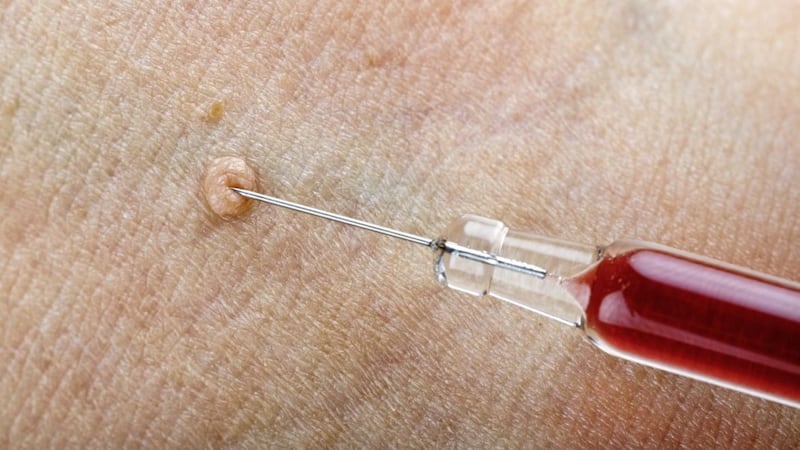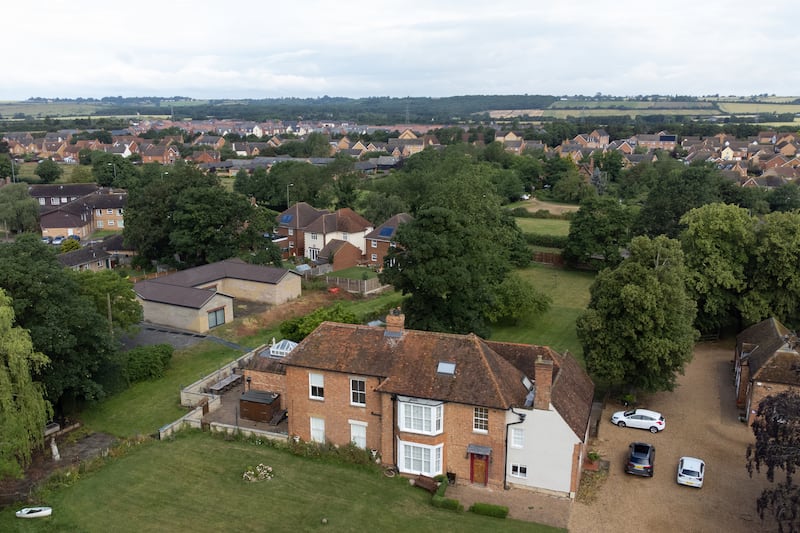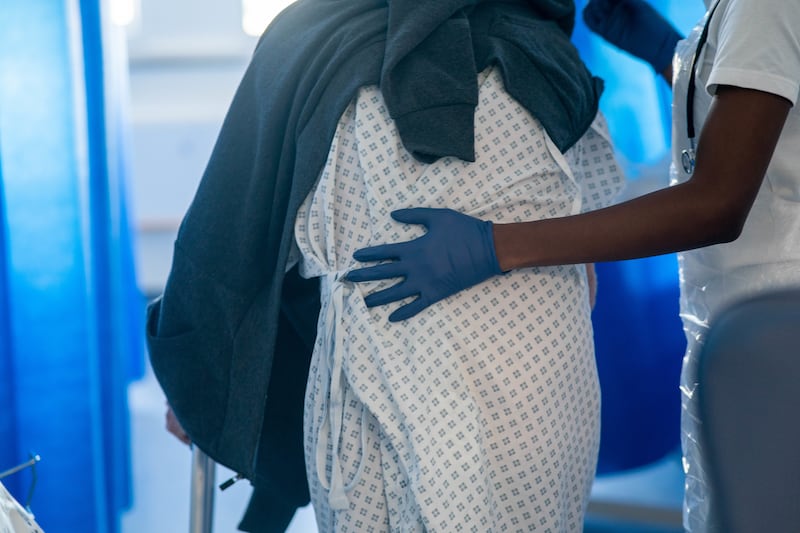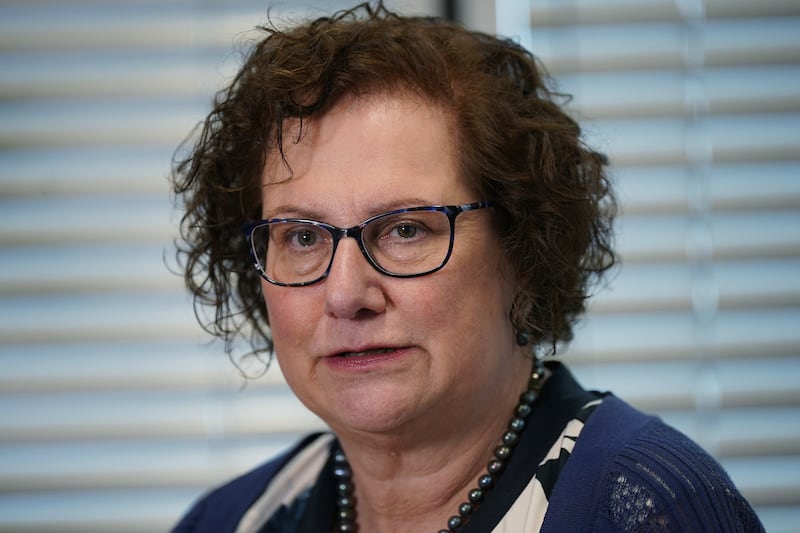A RADICAL new treatment that involves injecting the measles, mumps and rubella (MMR) vaccine into warts could banish the unsightly skin growths for good.
New research suggests 70 per cent of warts completely disappeared within a few weeks of patients receiving four doses of the vaccine. The unlikely remedy could prove to be a more convenient alternative to over-the-counter wart treatments, which have to be applied daily and can take several months to work.
At least one in ten people develops warts at some point. These rough growths, usually on the hands or feet, occur when keratinocytes – cells that make up about 90 per cent of the outer layer of skin – become infected with certain strains of the human papillomavirus (HPV). These are different, weaker strains of HPV to those that cause cervical cancer and which teenagers are immunised against in the UK.
While warts are not deadly, they can become itchy, painful and embarrassing. They can also be spread by skin-to-skin contact and can bleed, making it easier for the virus to spread to other parts of the body.
Over-the-counter products can help, including creams with salicylic acid, which slowly burns away the infected tissue. While it can be effective, the products have to be used carefully as the salicylic acid can cause blistering of healthy surrounding skin.
Cryotherapy involves liquid nitrogen sprayed on the wart, freezing the infected tissue, so it falls off after a few weeks. But this can require several treatments, spaced three to four weeks apart, and can leave a scar.
Several studies in recent years have looked at whether injecting warts with the MMR vaccine could get rid of them. The latest, published in Dermatologic Therapy, looked at 40 patients with large warts who had not used current treatments.
The warts were injected with four 0.5ml doses of the MMR vaccine (the same dose given to infants as part of the UK’s childhood immunisation programme), one every two weeks.
The researchers, from Assiut University in Egypt, found treated warts disappeared completely within a few weeks of the course of jabs ending and did not return.
The findings mirrored those of a 2015 study published in the International Journal of Dermatology, which found 41 out of 70 patients with warts saw a complete clearance with the MMR jab. Another 15 had a partial response – the warts shrunk but did not vanish – and nine saw no improvement.
The theory behind the three-in-one jab’s success is that because it is targeted into the wart (rather than round the bloodstream, as with normal vaccination), the jab fires up the immune system to destroy the virus causing the growth, even though it’s a completely different virus to the ones the injection usually targets.
Professor John Doorbar, an expert in viral diseases at the University of Cambridge, said it is scientifically plausible: "It probably recruits immune cells to the area – in this case the wart – where the MMR vaccine has been injected. But it is hard to see that it would be superior to freezing."
© Solo dmg media








